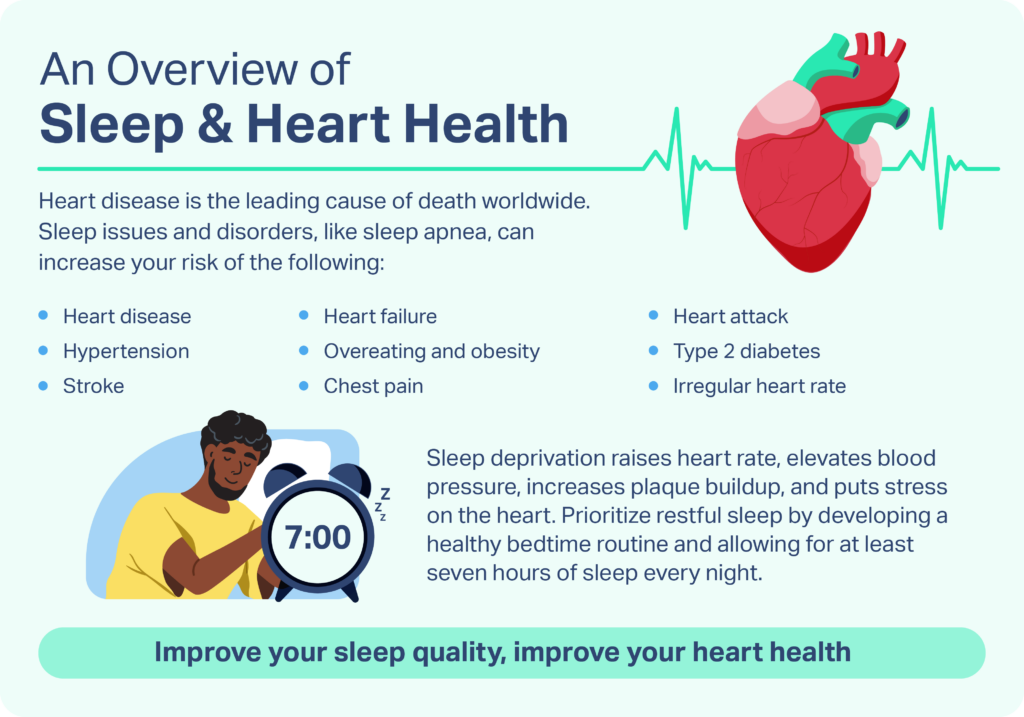In the 21st century, advances in healthcare have helped reduce infectious diseases dramatically. However, a new set of conditions — often called lifestyle diseases or non-communicable diseases (NCDs) — has emerged as a leading global health challenge. These diseases develop primarily due to unhealthy behaviors, sedentary habits, poor diet, stress, and environmental factors.
Unlike infectious diseases that spread from person to person, lifestyle diseases often progress silently over years and can lead to severe complications if left unchecked. According to the World Health Organization (WHO), NCDs such as heart disease, cancer, diabetes, and chronic respiratory illnesses account for over 70% of global deaths each year.
What Are Lifestyle Diseases?
Lifestyle diseases are conditions linked to daily habits and choices that negatively impact health over time. They are largely preventable, but once developed, they often require lifelong management.
Common lifestyle diseases include:
- Cardiovascular diseases (heart attacks, stroke, hypertension)
- Type 2 diabetes mellitus
- Obesity
- Certain cancers (linked to smoking, alcohol, diet)
- Chronic respiratory diseases (COPD, asthma aggravated by smoking and pollution)
- Liver disease (especially alcohol-related fatty liver)
- Mental health disorders linked to poor lifestyle habits (stress, depression, anxiety)
Major Risk Factors
Lifestyle diseases rarely have a single cause. Instead, they result from a combination of modifiable and non-modifiable risk factors.
Modifiable factors:
- Unhealthy diet: High intake of processed food, sugar, salt, and unhealthy fats.
- Physical inactivity: Sedentary lifestyle with minimal exercise.
- Smoking and tobacco use: Major risk for cancers, respiratory, and heart disease.
- Excessive alcohol consumption: Damages liver, heart, and brain.
- Chronic stress: Raises cortisol levels, contributing to obesity, hypertension, and mental disorders.
- Poor sleep patterns: Linked to obesity, diabetes, and cardiovascular issues.
Non-modifiable factors:
- Genetics and family history
- Age: Risk increases with age, but young people are increasingly affected.
- Gender: Some diseases (e.g., cardiovascular conditions) may present differently in men and women.
Global Burden of Lifestyle Diseases
Lifestyle diseases are often referred to as “silent killers” because their symptoms may go unnoticed until advanced stages.
- In India, over 60% of deaths are due to NCDs.
- Globally, 1 in 3 adults suffer from high blood pressure, a key risk factor for heart disease and stroke.
- The International Diabetes Federation estimates more than 530 million adults worldwide are living with diabetes, a number projected to rise sharply by 2030.
These statistics highlight the urgent need for prevention and early detection.
Symptoms and Warning Signs
Early signs may be subtle. Here are key symptoms not to ignore:
- Persistent fatigue or lack of energy
- Sudden weight gain or loss
- Increased thirst and frequent urination (possible diabetes)
- Shortness of breath, chest pain, or palpitations (possible cardiovascular issues)
- Chronic cough, especially in smokers
- Frequent headaches or blurred vision (possible hypertension)
- Indigestion, acidity, or abdominal pain (possible digestive/liver disease)
Prevention Strategies
The good news: Most lifestyle diseases are preventable. By adopting sustainable lifestyle habits, individuals can significantly lower their risk.
1. Nutrition
- Prioritize whole foods: vegetables, fruits, whole grains, lean proteins.
- Limit processed foods, sugary drinks, and trans fats.
- Follow dietary guidelines such as the Mediterranean diet or DASH diet for heart health.
2. Physical Activity
- Aim for 150 minutes of moderate-intensity exercise per week (walking, cycling, swimming).
- Add strength training twice a week to maintain muscle mass.
- Avoid prolonged sitting; take short movement breaks.
3. Stress Management
- Practice mindfulness, yoga, or meditation.
- Maintain a healthy work-life balance.
- Seek counseling or therapy if stress becomes overwhelming.
4. Sleep Hygiene
- Maintain a consistent sleep schedule (7–8 hours).
- Limit screen exposure before bed.
- Create a restful sleep environment.
5. Avoid Harmful Substances
- Quit smoking and avoid second-hand smoke.
- Limit alcohol to recommended guidelines (or avoid it altogether).
6. Regular Health Checkups
- Annual screenings for blood pressure, cholesterol, blood sugar, and BMI.
- Early detection dramatically improves outcomes.
Managing Lifestyle Diseases
For those already diagnosed, lifestyle changes are as important as medical treatment.
- Hypertension: Reduce salt, maintain healthy weight, and exercise.
- Diabetes: Monitor blood sugar, manage diet, and stay physically active.
- Obesity: Adopt a calorie-controlled diet and increase daily activity.
- Heart disease: Combination of medications, diet changes, and stress control.
- Chronic respiratory disease: Avoid smoking/pollutants, use prescribed inhalers.
Always consult a healthcare provider for personalized guidance.
The Role of Mental Health
Mental well-being is deeply intertwined with lifestyle diseases. Stress, anxiety, and depression can lead to poor habits (overeating, alcohol, inactivity), which worsen NCDs. Conversely, chronic illness can trigger emotional distress. A holistic approach that addresses both mind and body is key.
Conclusion
Lifestyle diseases represent one of the greatest health challenges of our time, but they are not inevitable. By making conscious choices — eating better, moving more, sleeping well, and managing stress — we can prevent, delay, or better manage these conditions.
Public health policies, workplace wellness programs, and community initiatives also play a critical role in creating environments that support healthier choices.
Ultimately, prevention is always better than cure. Small, consistent steps today can add healthy years to your life tomorrow.
Mental Health & Wellness: A Complete Guide to a Balanced Mind and Body




